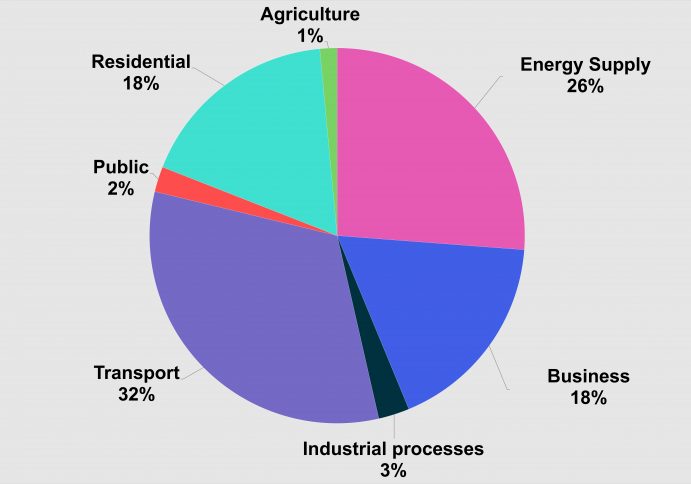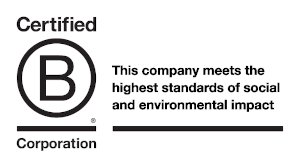Tackling the Climate Crisis
The Oxford Dictionary chose climate emergency as the word of the year in 2019 and defines the term as:
“A situation in which urgent action is required to reduce or halt climate change and avoid potentially irreversible environmental damage resulting from it.”
At present, 1315 councils have signed up to the climate emergency. Populations covered by jurisdictions amount to 810 million citizens worldwide, with 57 million living in the UK – approximately 85% of the country’s population (climateemergencydeclaration.org).
In declaring a climate emergency, a government (or organisation) admits that global warming exists and that the measures taken up to this point are not enough to limit the changes brought by it. The decision stresses the need for the government and administration to devise measures that try and stop human-caused global warming, which is largely the result of carbon emissions from burning fossil fuels.
Last year the UK government committed to being net zero carbon by 2050 (gov.uk). Most councils, however, have set themselves this target for 2030, with the most ambitious targeting 2025 (for example Tower Hamlets and the City of Copenhagen).
Carbon Emission Culprits
The pie chart shows a breakdown of the UK carbon emissions for 2018. The total carbon emissions for the year were 364.1 MtCO2e. The graph shows that the biggest culprits are transport, residential, business and energy supply.
A breakdown of UK carbon emissions per household in 1990 and targets for 2050 sets out ambitious emission reductions of at least 77% from 1990 to 2050 (catapult.org.uk).
To achieve the climate emergency targets the UK will have to reduce emissions where possible and offset the remainder.
How we help
Helping clients respond to the climate emergency is one of our key service offers. As part of our work, we draw attention to key carbon intensive activities and work with our clients to develop strategies at an early stage to help councils and development projects achieve a zero-carbon future – or even better, climate positive. This means the development is producing a negative amount of carbon emissions. We do this by either guiding masterplan designs or advising on local policies, sustainability plans, funding and enablers. Examples of our current clients include Central Bedfordshire Council, the Meridian Water development in Enfield, London and the Riverside Sunderland development.
Further, we are contributors to the newly launched Climate Emergency Design Guide by the London Energy Transformation Initiative (LETI), which serves as a platform to engage with stakeholders, work with local authorities, enable collaboration and provide technical advice to support developments in the transition towards net zero carbon.
Strategies to reduce emissions
Below is a summary of the key areas of design that can help reduce emissions:
- Low energy use – Guide design requirements for buildings and infrastructure to reduce the amount of energy used.
- Low carbon energy supply – Identify opportunities from local renewable energy generation schemes and district heating networks to provide electricity and heating at low carbon to new and existing homes and businesses.
- Low embodied carbon – Set targets to shift towards sustainable and recycled building materials to reduce embodied carbon emissions.
- Low carbon transport – Reduce the need for individual ownership of cars and move towards public electric vehicle (EV) transport and car sharing.
- Active travel – encourage active travel within neighbourhoods to reduce the need for carbon intensive vehicles and infrastructure, and to improve health and wellbeing.
- Carbon consumption patterns – Improve consumption and waste patterns of consumers to reduce impact within food, clothes etc. This could be improved by providing services such as Library of Things to reduce the need for consumer goods like lawn mowers and drills. In addition, using Repair Cafes and Makerspaces to encourage repair and reuse within the local area.
- Waste – Improve waste collection and recycling strategies for local processing and recovery.
By following all these steps, the aim is to reduce carbon emissions throughout a community to a minimal amount such that the remainder could be offset through renewable energy generation or other offset measures such as tree planting.
The climate emergency is a complex challenge and together with our sister companies, Expedition, Thomas Matthews and Useful Studio we take a systems approach to address every facet of carbon emission from the built environment to corporate strategies.




